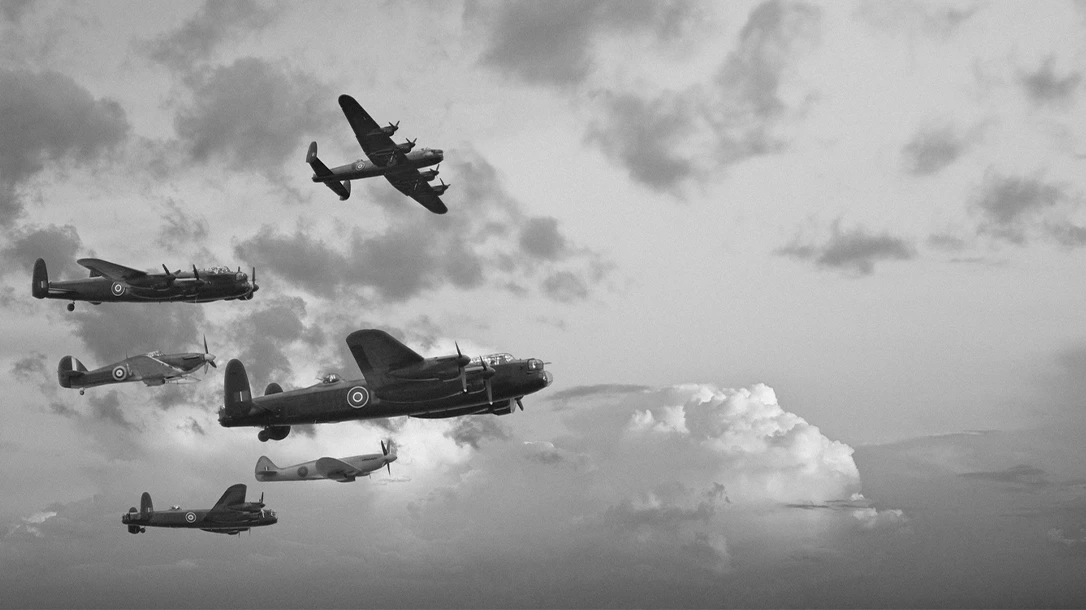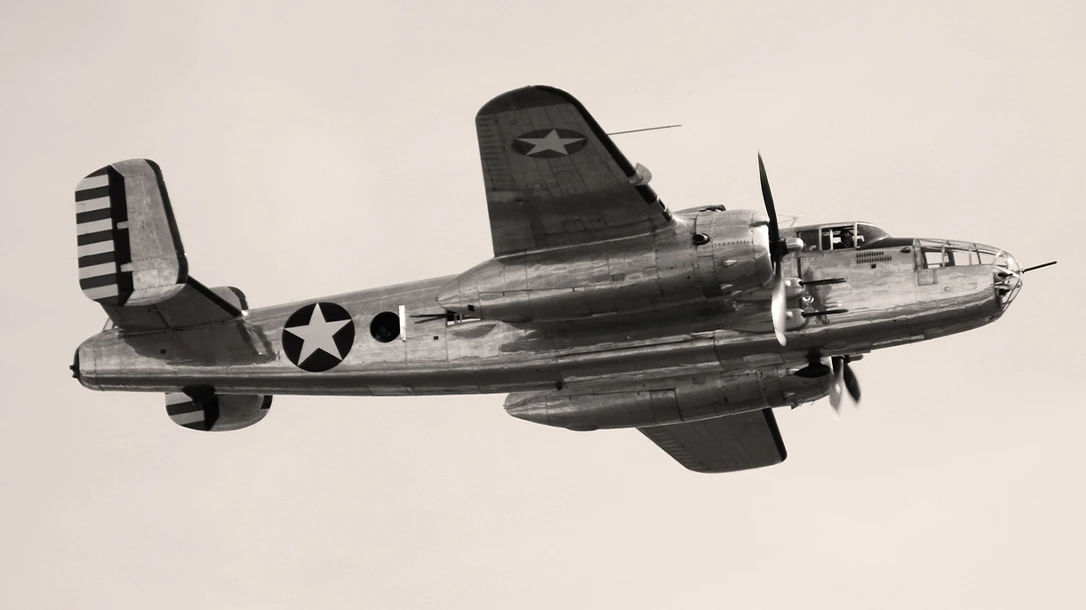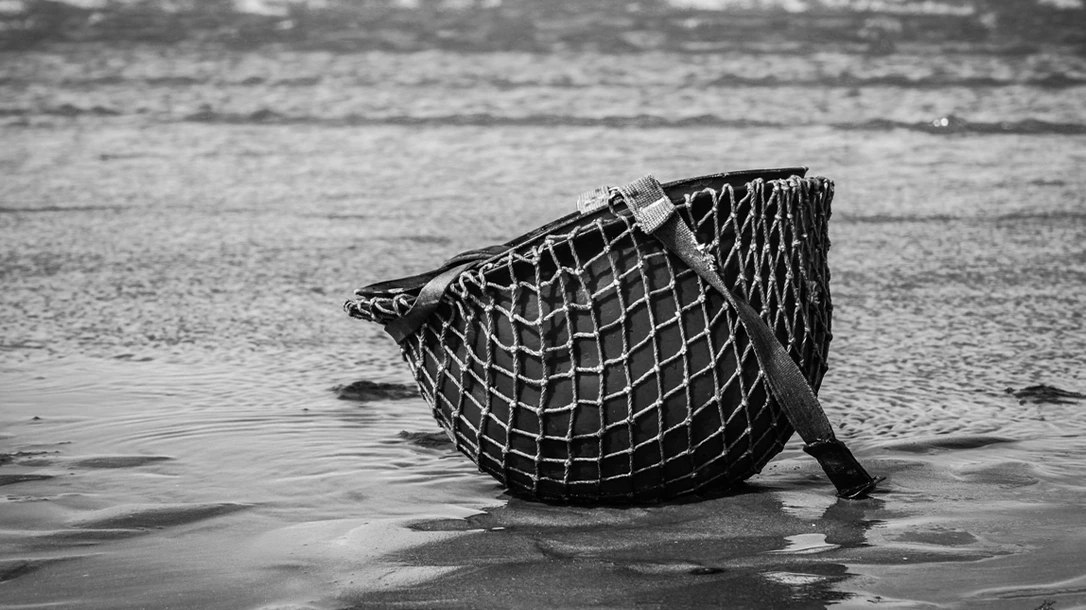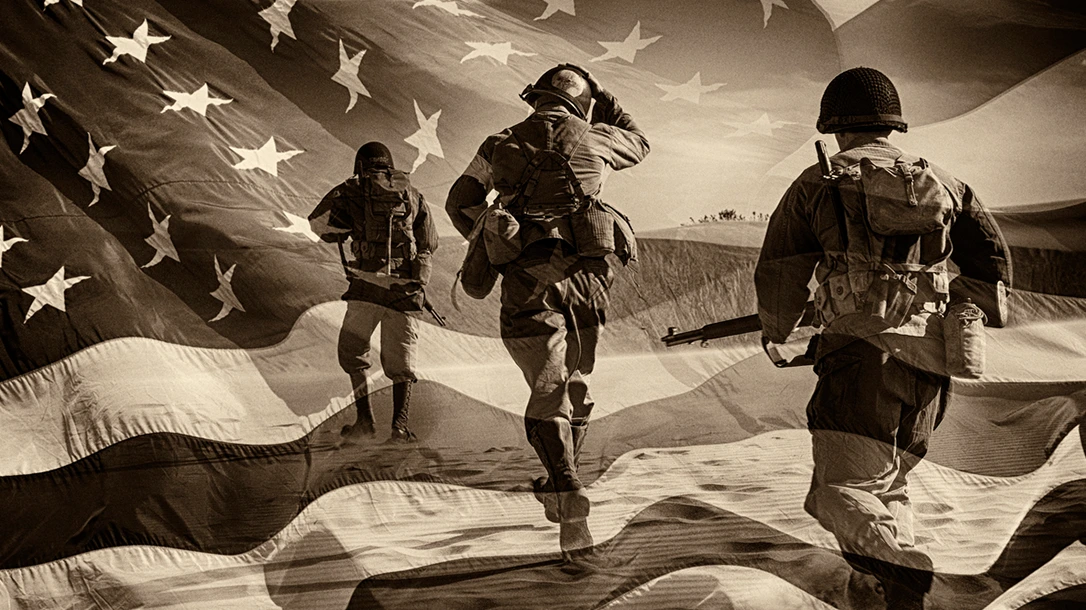World War II was filled with heroic feats. However, there were a few hazardous missions. Some may sound familiar, and others may be new information. Each of these missions was among the most dangerous during the years of World War II, and each shows how brave the soldiers in WW II were.
Some of these missions were victories for the United States and the Allied Forces, while others were unfortunate learning experiences. These battles show the bravery troops had while defending their country and working with other countries, banding together to fight in World War II.

Schweinfurt-Regensburg Raids
Another risky mission was the Schweinfurt-Regensburg Raids. This was a carefully planned bombing expedition carried out by the United States Army Air Force. The mission was carried out on August 17, 1943. This dangerous mission aimed to impede the German aircraft industry by bombing some of the plants where German aircraft ball bearings were made.
This particular mission was nicknamed the “double-strike mission” since essentially two forces of bombers were part of the mission. The reason for the two forces was to spread out the bombers. Destroying German plants that manufactured parts for aircraft would prevent them from making more aircraft.
The mission was delayed slightly due to weather, but the U.S. Army Air Force was ready to go once it was clear to fly. The plan of attack had to be detailed down to the amount of time it would take to complete. This was because U.S. bombers were to fly over one area of German plants, release a bomb, and then actually land to refuel and rearm in order to carry out the second bombing.
Every second counted in this mission so that not only would it be a success but so that the United States troops would remain as safe as possible.
The Master Plan
The plan was to have the Eighth Air Force attack central Germany and another area. The hope was that this would confuse the German air defense. In addition, two support attacks were organized. One targeted three locations, and one was to bomb Luftwaffe fighter fields.
The aircraft used to carry out this risky mission were B-17s, known as heavy bomber aircraft. Unfortunately, this mission was not as successful as the United States Army Air Force had hoped. Over 500 crewmen went missing, and at least 55 of the bombers themselves. Many of these men were made prisoners of war by Germany. There were also at least 200 civilian casualties as a result of the bombings.
The mission was one of the biggest losses for the United States, although the plan itself had solid intentions. It certainly was a risky mission.

Operation Tidal Wave
Operation Tidal Wave is one of the missions of World War II that is not often discussed but can be considered one of the most dangerous.
The mission’s purpose was to bomb Romanian oil refineries. Winston Churchill thought that if the Allied Forces successfully removed these establishments, it would hinder German forces. Germany heavily relied on these refineries for oil.
The plan was to bomb these areas in August of 1943 using low-flying bombers, which made this operation quite risky. By flying so low, the bombers were more likely to bomb their targets successfully, but by flying B-24s so low, they were more likely to be easy targets for German fire.
The result of this particular mission was like many of the battles throughout World War II. The Allied forces experienced many losses; the bombing of the oil refineries in Romania did hinder German forces. Among the losses in this operation were 53 B-24s destroyed or severely damaged, and over 300 Allied Forces lost their lives, as well as over 100 civilians. The Germans suffered damage and loss of life as well, though the count was much smaller than the casualties on the Allied Forces side.
This mission was seen as a success, proving that finely detailed bombing attack planning could result in a win. Unfortunately, every battle has its price.
Battle of the Bulge
The Battle of the Bulge was a mission carried out by Germany to get ahold of U.S. Troops. It is known as the very last attempt at an offensive move from the German military in WW II. The goal of the mission was to launch a surprise attack. The attack would occur in the Ardennes Forest, which would force troops further into the wooded area. The thought behind this strategy was that the area would be expansive but close quarters and could even result in splitting up Allied troops, making it more difficult for them to fight back.
However, the entire mission cost thousands of soldiers their lives on both the German and Allied Forces sides. In addition, the whole ordeal lasted over a month in the dead of winter. The Germans could infiltrate the American troops in the Ardennes Forest because this area was monitored but not as heavily as other places.
On December 16, 1944, German forces entered Allied Forces lines and attacked. The mission was perilous, given a few factors. These factors included the weather conditions and the fact that neither side could get needed supplies due to the terrain and the weather. For both sides, this attack was risky and ended in tragedy. The Allied Forces lost over tens of thousands of soldiers but were able to fight back hard. As time went on, German troops pushed hard to fight, yet the Allied Forces ultimately overcame Germany.
Many of the soldiers of the Allied Forces who survived the Battle of the Bulge went on to liberate Nazi concentration camps in 1945.

D-Day
One of the most infamous operations was D-Day. There was extensive planning behind this particular operation. On June 6, 1944, one of the most notorious events in history occurred. D-Day was the day the beaches in Normandy, France, were invaded by military troops. These troops were from the U.S., the United Kingdom, and Canada, to name a few of the military troops involved.
During that time, France was occupied by Nazi Germany. D-Day was one of the most extensive and intricate operations planned out during the war. It was a naval, air, and land mission, and over a couple of days, 326,000 troops, over 50,000 vehicles, and thousands upon thousands of equipment were brought in.
D-Day is known to be the start of what ended WW II.
France had been taken over fairly quickly after World War II began. Germany took over the northwest area of France in May of 1940. When the United States became part of World War II, the United Kingdom and the U.S. were considering an allied invasion. As time went on, the plans for D-Day continued to formulate. Rumors of the planned attack were circulating, and by 1943, Hitler ordered a defense team to be set in place since Germany was unsure of when the U.S. and the United Kingdom planned to attack.
The Tides Shifted
By January 1944, General Dwight Eisenhower was appointed as the Commander of Operation Overlord, the original name for D-Day. Before the invasion, troops tried to throw off suspicion, making opposing forces think the target was to be at a different location than the beaches of Normandy. They also implied that other areas could be the intended target.
Troops went so far as to develop false equipment, a “ghost ” army, and fake radio transmissions. Though well-planned, there was one hangup with the plan. The original invasion was intended to be a day or so earlier. However, poor weather conditions forced the Allied forces to wait at least 24 hours before storming the beaches in Normandy. On June 5, 1944, 5,000 ships and a landing craft carrying military personnel and supplies left England and traveled across the channel. There were 11,000 aircraft carriers providing air support for the mission.
Though this mission did not end World War II, it was a crucial point in time for the Allied Troops. Due to their strategic planning and working together on this potentially dangerous mission, they were able to get ahead of Germany and free France.

WW II Success and Loss
Each of these battles was fought by brave soldiers doing their best. Due to the camaraderie of the Allied Forces, even when faced with opposition, troops banded together to do their best to fight for their country, even when the battle was risky or seemed impossible.
Among these specific battles, D-Day was by far the most successful and most impactful on the result of World War II. Without these risks, the outcome may have been different. These are only some of the most dangerous missions fought in World War II, but numerous others made a difference during those years of battle.






















